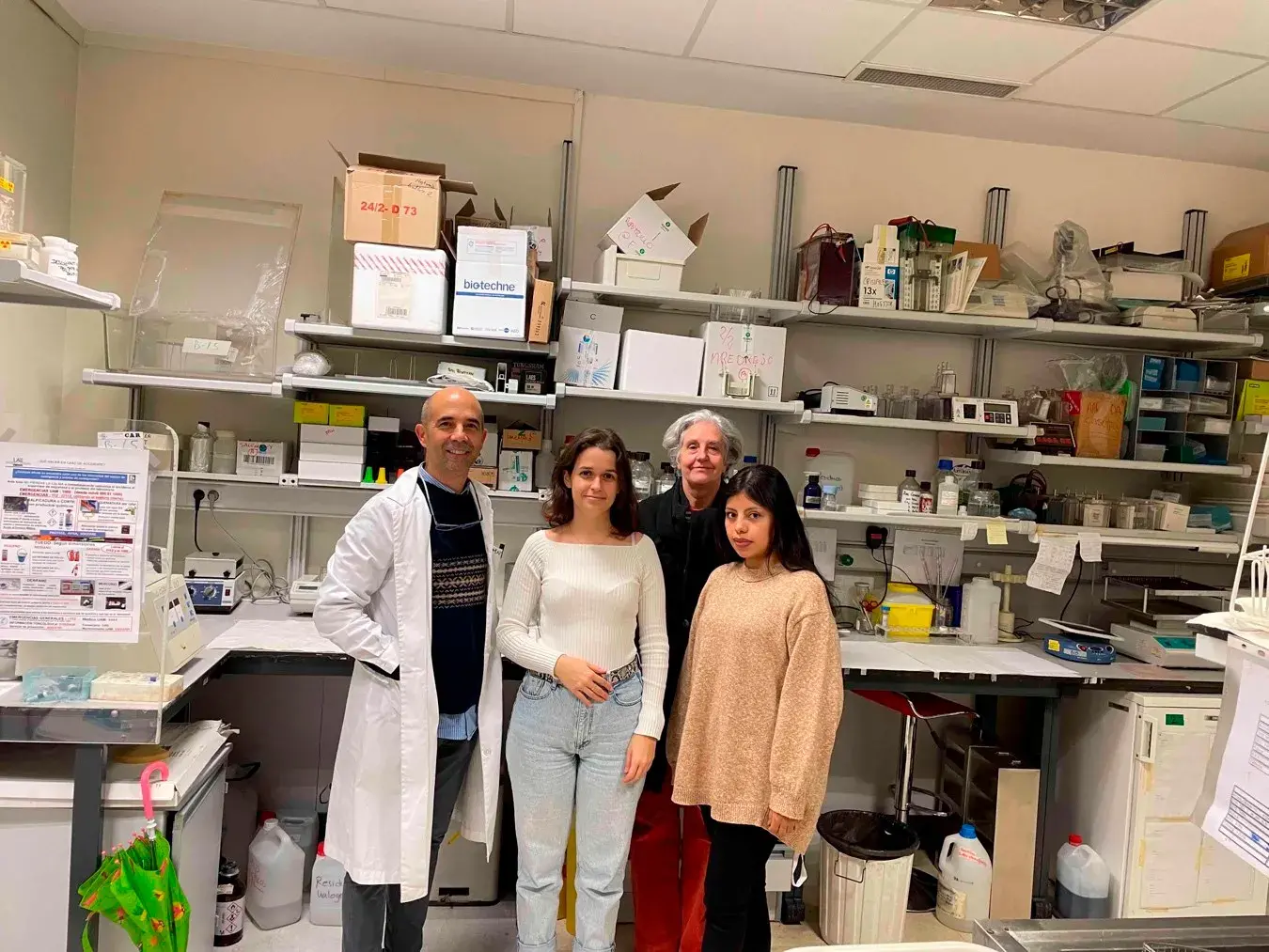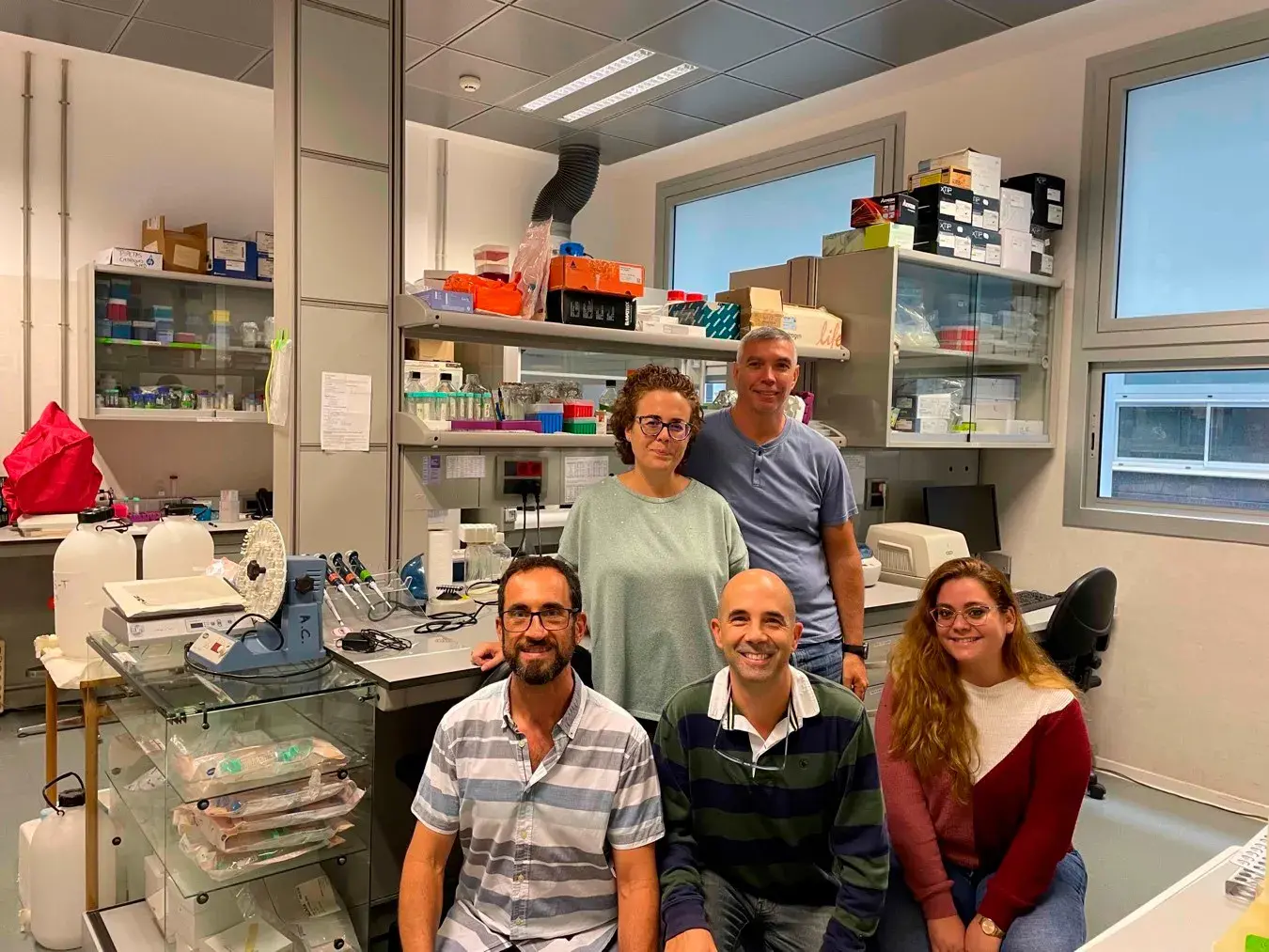Dc. Castrillo Group
The Liver X Receptor, Lipid Metabolism, and Macrophages
Dc. Antonio Castrillo Viguera
Contact:
Antonio Castrillo has a PhD in Biochemistry from the Complutense University of Madrid, having trained in studies of the inflammatory response at the Institute of Biochemistry CSIC-UCM in the group of Lisardo Bosca. After this period, he did postdoctoral studies at the University of California Los Angeles (UCLA) in Peter Tontonoz’s group. After that period, he returned to Spain to establish his own group as a “Ramón y Cajal” researcher, which he later consolidated as a CSIC Research Scientist. During these years, the PI has deepened the study of the immune mechanisms that control macrophage activity as a basis for understanding the etiology of inflammatory and autoimmune diseases.


About Us
LAB INSTITUTO INVESTIGACIONES BIOMEDICAS ALBERTO SOLS CSIC Universidad Autónoma de Madrid (IIBM), Madrid:
- Principals Investigators:
Antonio Castrillo Viguera (CSIC Scientific Researcher)
Susana Alemany de la Peña (CSIC Scientific Researcher) - Predoctoral Fellows:
María Gutierrez Hernández
Erika Guerrero Espinosa

LAB UNIDAD DE BIOMEDICINA (UNIDAD ASOCIADA AL CSIC). Instituto Investigaciones Biomédicas y Sanitarias de la ULPGC, Las Palmas. IUIBS ULPGC.
- Principals Investigators:
Antonio Castrillo Viguera (CSIC Scientific Researcher)
Carlos Tabraue Tarbay (Contract Professor Doctor) - Research team:
Juan Vladimir de la Rosa (postdoctoral researcher)
Patricia Martín Rodríguez (postdoctoral researcher)
Félix López Blanco (university tenured professor) - Work team:
Raquel de la Cruz Mínguez (staff in training)
Mercedes Díaz Sarmiento (technical specialist).

What Do We Research?
The maintenance of homeostasis in multicellular organisms is based on several fundamental pillars. These include the need to effectively combat pathogen aggression, control external or internal injury and control inflammation to protect cells and tissues. The correct functioning of these mechanisms guarantees an efficient protective immunity.
The inflammatory response protects us against infections and injuries, but if it progresses uncontrolled, it can aggravate several diseases, such as diabetes, cancer, or cardiovascular diseases. In the control of inflammation, macrophages play a key role. Macrophages are a type of immune cell present in all tissues, with a great functional diversity in different anatomical locations. Macrophages are specialized in the protection of the organism against foreign elements, mainly through their excellent phagocytic and inflammatory capacity, and also participate in a multitude of homeostatic processes in the different sites of residence. Thus, macrophages contribute to immune and inflammatory balance in all tissues.
Our studies are focused on understanding the functions of macrophages in different tissues and different pathophysiological situations, through the control of their activities exerted at the transcriptional level by the nuclear receptors liver X receptors, LXR.
Liver X receptors (LXRα and LXRβ, encoded by Nr1h3 and Nr1h2 respectively) play crucial roles in mammalian cholesterol homeostasis, and are also involved in the inflammatory response. LXRα are expressed in liver, adipose tissue, intestine and macrophages, whereas LXRβ are ubiquitously expressed. LXRs function together with RXRs and their endogenous ligands include several intermediates of the cholesterol biosynthetic pathway, termed oxysterols. Mechanistically, LXRs positively regulate gene expression through direct binding to DNA response elements (LXREs) within the regulatory regions of target genes. Endogenous activation of LXRs occurs, for example, when macrophages accumulate cholesterol derived from lipoprotein uptake or cellular debris, which triggers the induction of a transcriptional program to promote cholesterol utilization. This is believed to be one of the crucial functions of LXR in tissues. However, LXR also plays important roles in inflammatory macrophages in response to injury or infection. Genetic deletion of LXR results in defective innate immunity against various pathogens, suggesting that endogenous LXR activity potentiates innate immune responses. The molecular mechanisms that activate innate immune pathways and their connections with endogenous LXRα or LXRβ activities have not been explored in depth, and is one of the main interests of our group.
In recent years, scientific progress has increased the spectrum of tissue macrophage activities, broadening the range of macrophage identities, their plasticity and heterogeneity, derived from their tissue-specialized properties. In fact, there are certain organs, such as lymphoid, or metabolic tissues such as the liver, that present several distinct macrophage subtypes, and whose individual functions have not been studied in depth. Our group has made an important contribution to unraveling the mechanisms of macrophage action in experimental mouse models. In particular, our work has shown that LXR receptors regulate several macrophage functions, including control of the inflammatory response, defense against pathogens, and their involvement in phagocytosis and functional specialization of the different macrophages present in lymphoid tissues such as the spleen. Our current interests are oriented towards the cellular and molecular study of the nuclear receptor LXRa in macrophages, through in vitro and in vivo studies with mouse models of LXRa deficiency, and knockin transgenics of conditional absence or tagged LXRa. Our recent results suggest that LXRa exhibits distinct activities in macrophages. On the one hand, in healthy tissues it exerts homeostatic functions in certain subtypes of tissue-resident macrophages, and on the other hand, in situations of inflammation or infection it promotes antimicrobial and inflammatory polarization actions in recruited, possibly monocyte-derived, macrophages. We hope that our contribution will translate into future strategies for therapeutic intervention in diseases by manipulating macrophage activity.
Publications
-
Ito A et al.Immunity 2016; 45(6):1311-1326
-
Sallam T et al.Nat Med 2018;24(3):304-312
-
Beceiro S et al.Mol Cell Biol 2018;38(10)
-
A-Gonzalez N, Castrillo ACell Immunol 2018;330:151-158
-
Tabraue C et al.Int J Radiat Oncol Biol Phys. 2019;104(4):913-923
-
Keiran N et al.Nat Immunol 2019;20(5):581-592
-
KRamón-Vázquez A, et al.Mol Cell Biol 2019;39(5)
-
Nicolás-Ávila JA, et al.Cell 2020;183(1):94-109.e23
-
González de la Aleja A, et al.Front Immunol 2022;13:835478
-
Ramírez CM et al.Front Endocrinol 2021;12:635923






